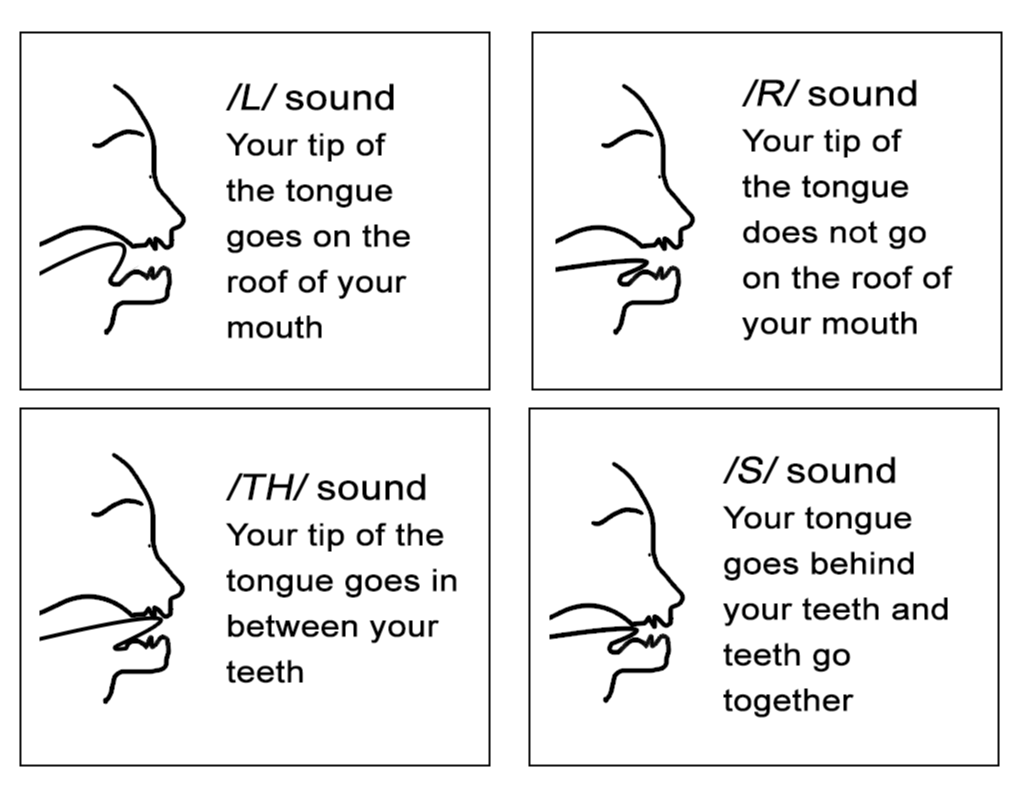Introduction:
Effective pronunciation is a crucial aspect of learning and mastering any language, especially for ESL learners. Improving pronunciation not only enhances communication skills but also boosts confidence. To help teachers and students alike, here is a list of 19 purposeful ESL pronunciation activities to help improve speech clarity and confidence.
1. Tongue Twisters:
Tongue twisters are an excellent way to practice specific sounds and improve pronunciation control. Choose tongue twisters focusing on specific phonetic sounds that students find challenging.
2. Minimal Pairs Bingo:
Create a bingo card with minimal pairs, words that differ by just one sound (e.g., ship/sheep). Students listen as the teacher says a word from the minimal pairs, then mark the corresponding box on their bingo card.
3. Phoneme Spotting:
Give students a list of words featuring a particular phoneme (sound), and have them identify which words contain the target sound.
4. Mirror Practice:
Have students stand in front of a mirror and observe their mouth movements as they pronounce specific sounds or words.
5. Ear Training:
Listen to audio clips featuring native speakers, and have students identify specific phonemes or accents.
6. Recording and Playback:
Students can record themselves speaking phrases or sentences and listen to the playback for self-assessment of their pronunciation.
7. Accent Imitation:
Play recordings of native speakers with various accents, and have students practice mimicking the accents to expand their range of speech sounds.
8. Rhyme Time:
Develop a list of rhyming words for students to practice different vowel sounds while maintaining rhythmical speech.
9. Shadow Reading:
Students listen to an audio recording while reading along with a transcript, “shadowing” the speaker by repeating each word immediately after hearing it.
10. Storytelling Circles:
Students take turns telling short stories or recounting personal experiences while focusing on proper pronunciation.
11. Silent Dialogues:
In pairs, students lip-read while their partner silently mouths words or phrases, focusing on correct mouth movements.
12. Phonetic Chart Review:
Review specific phonemes using a phonetic chart, and have students practice producing the sounds.
13. Pronunciation Stations:
Create different stations throughout the classroom, each dedicated to practicing a specific pronunciation skill or sound.
14. Syllable Wars:
Have students break down words into syllables and practice pronouncing each part individually before combining them back into full words.
15. Say It in a Sentence:
Choose target words for students to use in their own sentences, emphasizing correct pronunciation within the context of natural speech.
16. Pronunciation Puzzles:
Create physical or digital puzzles that require students to match two parts containing specific sounds or word stress patterns.
17. Mouth Gymnastics:
Using exaggerated mouth movements, have students practice forming challenging sounds and word combinations to develop greater motor control.
18. Targeted Listening Quizzes:
Design listening quizzes or activities focused on specific pronunciation features such as word stress patterns, voice intonation, or linking sounds.
19. Vocabulary Swap Game:
In pairs or small groups, students exchange cards with various vocabulary words written on them, pronouncing each word as they trade cards.
Conclusion:
With this comprehensive list of 19 purposeful ESL pronunciation activities, you’ll be well-equipped to tackle any pronunciation challenges faced by your students. These activities not only improve speech clarity but also encourage confidence and increased communication skills in ESL learners of any age or proficiency level.





